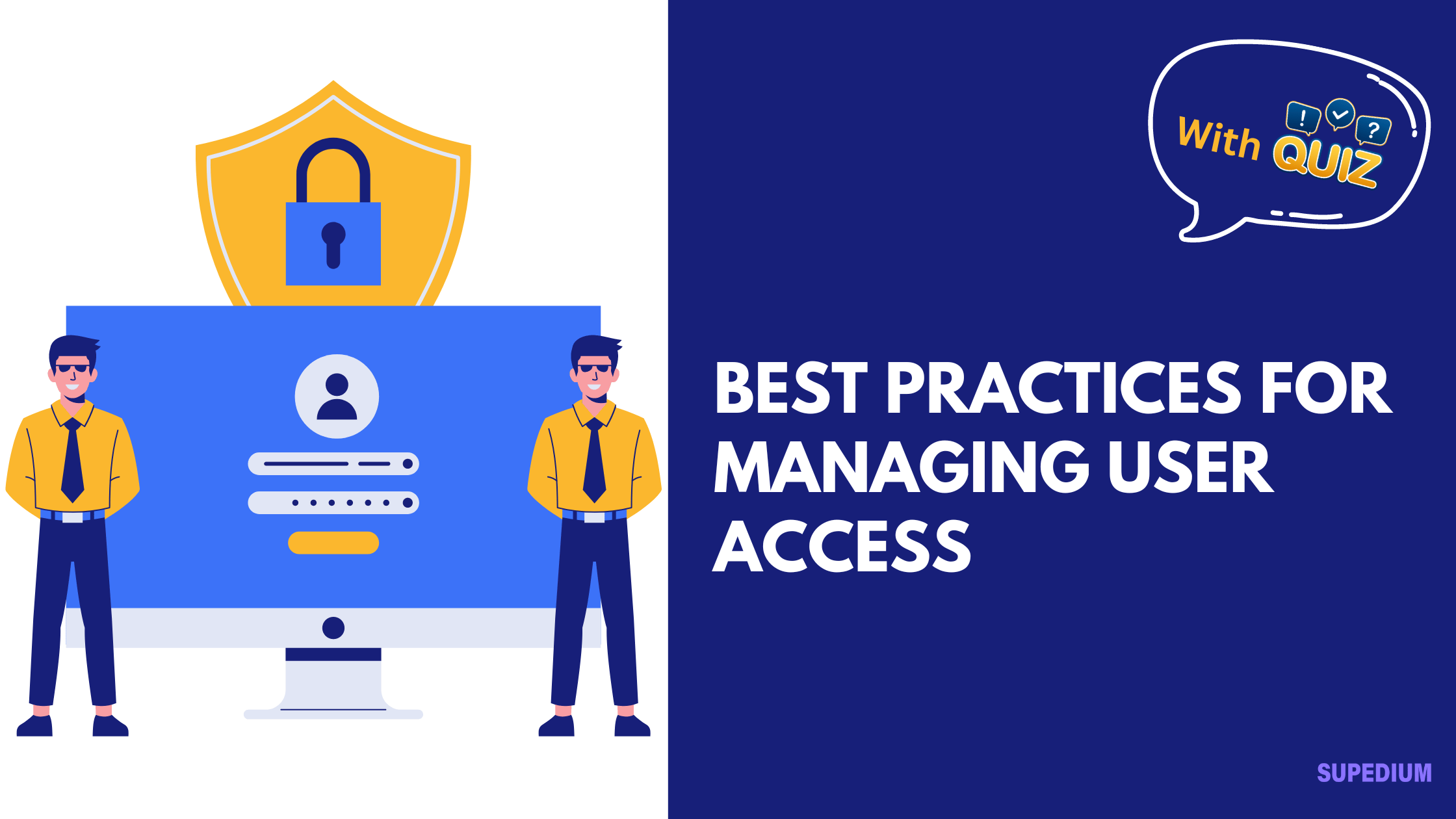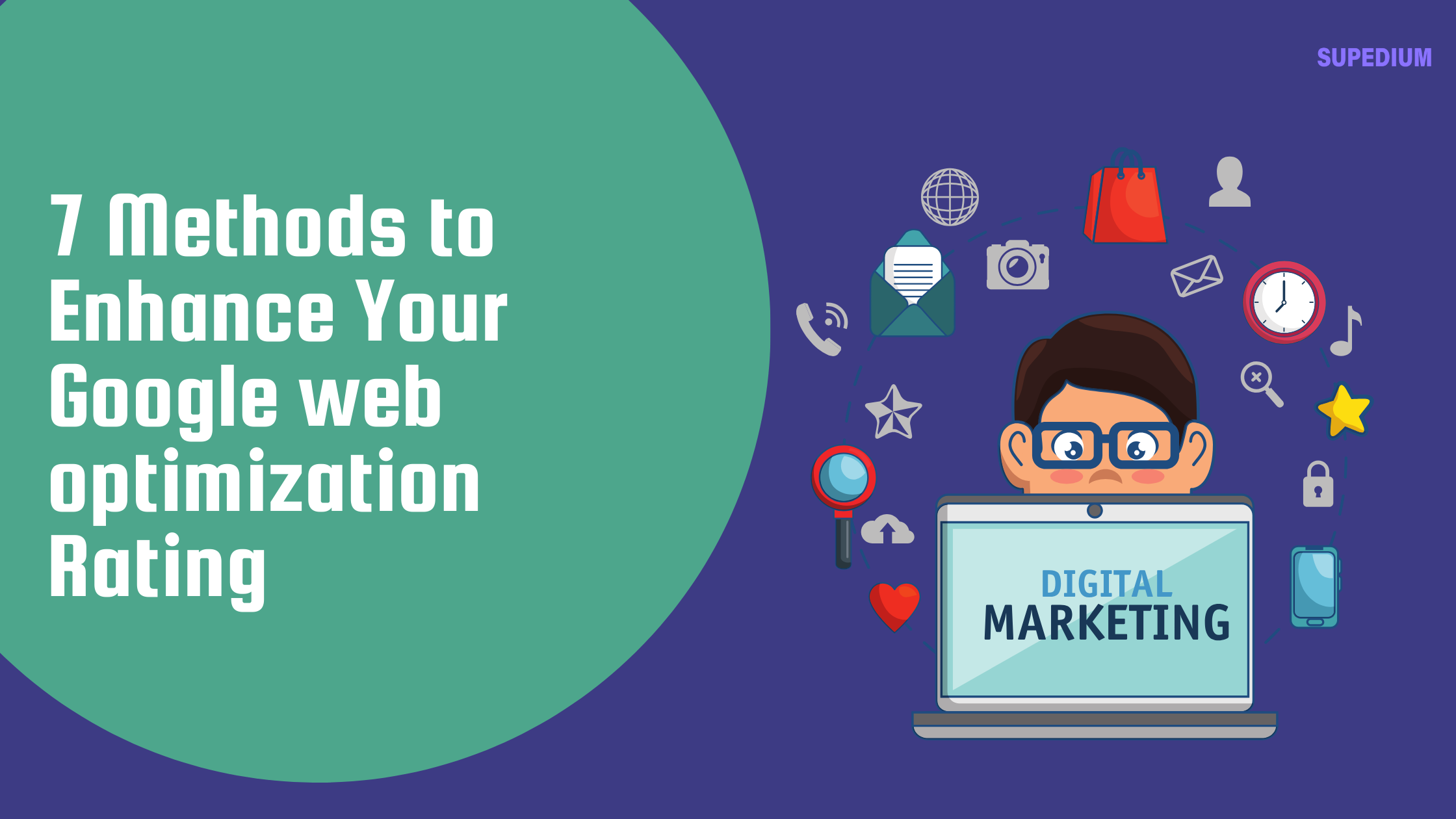Table of Contents
- 1 I. Importance of User Access Management
- 2 II. Establishing a User Access Management Policy
- 3 III. User Onboarding and Offboarding
- 4 IV. Authentication Methods
- 5 V. Monitoring and Auditing User Access
- 6 VI. Educating Users and Promoting Security Awareness
- 7 VII. Leveraging Technology for Access Management
- 8 VIII. Challenges and Considerations
- 9 IX. Conclusion
- 10 Quiz Time
![]()
Effective user access management is crucial for organizations to safeguard sensitive data, ensure regulatory compliance, and enhance operational efficiency. As businesses increasingly rely on digital platforms and remote work, implementing best practices for managing user access becomes essential. This article explores key strategies to manage user access effectively.
I. Importance of User Access Management
User access management involves controlling who can access specific resources within an organization. The primary goals include:
- Protecting Sensitive Data: By restricting access to confidential information, organizations can mitigate the risk of data breaches and unauthorized access.
- Ensuring Compliance: Many industries are governed by regulations that mandate strict access controls. Non-compliance can lead to severe penalties.
- Enhancing Operational Efficiency: Streamlined access management can lead to improved workflows and better resource allocation.
II. Establishing a User Access Management Policy
A. Defining User Roles
Establishing clear user roles is fundamental to effective access management. Organizations should identify job functions and responsibilities to assign appropriate permissions. Role-based access control (RBAC) helps ensure that users have access only to the resources necessary for their roles.
B. Creating Access Levels
Different levels of access should be defined based on the sensitivity of information. Implementing the principle of least privilege means granting users the minimum level of access needed to perform their job functions. This minimizes potential exposure to sensitive data.
C. Policy Documentation
A well-documented access management policy is crucial. It should outline procedures for granting, reviewing, and revoking access. Regular reviews of the policy ensure that it remains relevant and effective.
III. User Onboarding and Offboarding
A. Streamlining Onboarding Processes
An efficient onboarding process is vital for setting up access for new hires. Organizations should have a standardized procedure for access requests that includes training on access protocols, ensuring that new employees understand their responsibilities.
B. Efficient Offboarding Procedures
Equally important is the offboarding process. When an employee departs, their access must be revoked promptly to protect sensitive information. Conducting exit interviews can help identify any access-related concerns and reinforce data security.
IV. Authentication Methods
A. Password Management
Strong password management practices are essential for user security. Guidelines should encourage users to create complex passwords and change them regularly. Implementing password expiration policies helps reduce the risk of compromised accounts.
B. Multi-Factor Authentication (MFA)
Multi-factor authentication adds an extra layer of security by requiring users to verify their identity through multiple methods. Organizations should implement MFA for critical systems to significantly enhance security.
C. Single Sign-On (SSO) Solutions
Single sign-on solutions simplify the user experience by allowing users to access multiple applications with one set of credentials. This not only improves usability but can also enhance security by reducing the number of passwords that users need to manage.
V. Monitoring and Auditing User Access
A. Regular Access Reviews
Conducting periodic access audits is essential to ensure that permissions align with current user roles. Organizations should identify and address excessive permissions to maintain security.
B. Implementing Logging and Monitoring
Tracking user activity is crucial for identifying potential security incidents. Setting up alerts for suspicious access patterns enables organizations to respond promptly to threats.
C. Compliance Audits
Regular compliance audits help ensure that access management practices meet regulatory requirements. Preparing for external audits can also strengthen the organization’s overall security posture.
VI. Educating Users and Promoting Security Awareness
A. User Training Programs
Training users on security best practices is vital for minimizing risks. Organizations should conduct regular training sessions to keep employees informed about access protocols and potential threats.
B. Creating a Security Culture
Fostering a culture of security encourages users to be vigilant about access management. Encouraging employees to report suspicious activities can significantly enhance overall security.
VII. Leveraging Technology for Access Management
A. Identity and Access Management (IAM) Solutions
Implementing an identity and access management (IAM) solution can streamline access management processes. Organizations should evaluate IAM tools based on their specific needs and ensure they integrate well with existing systems.
B. Automation in Access Management
Automating user provisioning and deprovisioning reduces human error and improves efficiency. Automated processes ensure timely access adjustments, contributing to a more secure environment.
VIII. Challenges and Considerations
A. Balancing Security and Usability
Organizations must find a balance between security measures and usability. Overly restrictive access can hinder productivity, while lax controls can expose sensitive data.
B. Managing Third-Party Access
Granting access to third-party vendors requires careful consideration. Establishing guidelines for vendor access and continuously monitoring their activities can help mitigate risks.
C. Adapting to Remote Work and BYOD Policies
The rise of remote work and Bring Your Own Device (BYOD) policies presents unique challenges. Organizations should implement secure remote access solutions and provide clear guidelines for personal device usage.
IX. Conclusion
In conclusion, effective user access management is a multifaceted process that involves establishing clear policies, implementing robust authentication methods, and fostering a culture of security awareness. By continuously reviewing and adapting access management strategies, organizations can protect sensitive data, ensure compliance, and enhance operational efficiency in an ever-evolving digital landscape.






Be the first to comment